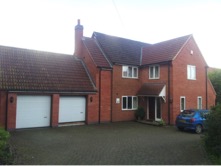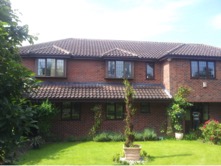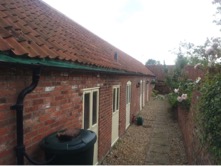Sustainable Hockerton has the broad aim to help the parish become sustainable, coupled with the more specific objective of reducing carbon emissions. The cheapest way to do that is to make changes in behaviour or install measures that maintain comfort whilst cutting energy use. This is why Sustainable Hockerton is offering every household £200 towards energy and water saving measures.
In 2012 we funded in-depth energy assessments by Parity Projects of three properties in the village. These identified savings up to £3,000 a year for a barn conversion, a 1970s house and a 1980s house. Hockerton Housing Project can offer energy surveys including using a heat camera to assess your building.
The low-cost ‘no brainer’ advice, which would save the householders an average £545 each year, included:
- Appliances
- Stop using the tumble dryer and air dry clothes instead
- Only use the washing machine at 30 degrees
- Water:
- Install an ultra low flow showerhead
- Replace the electric shower with a standard one
- Lighting
- Replace all appropriate lamps with Compact Fluorescent Lamps
- Heating
- Add (or top-up to) 300mm mineral wool insulation to the loft space above the kitchen by cutting out a loft hatch and sealing
- Stop using the portable heater
- Add a 25mm insulation jacket to the hot water cylinder and insulate the primary pipework between the boiler and hot water cylinder
- Insulate cavity of unfilled original cavity walls
A summary of the larger investments, and savings, can be viewed by house type via the links below.



